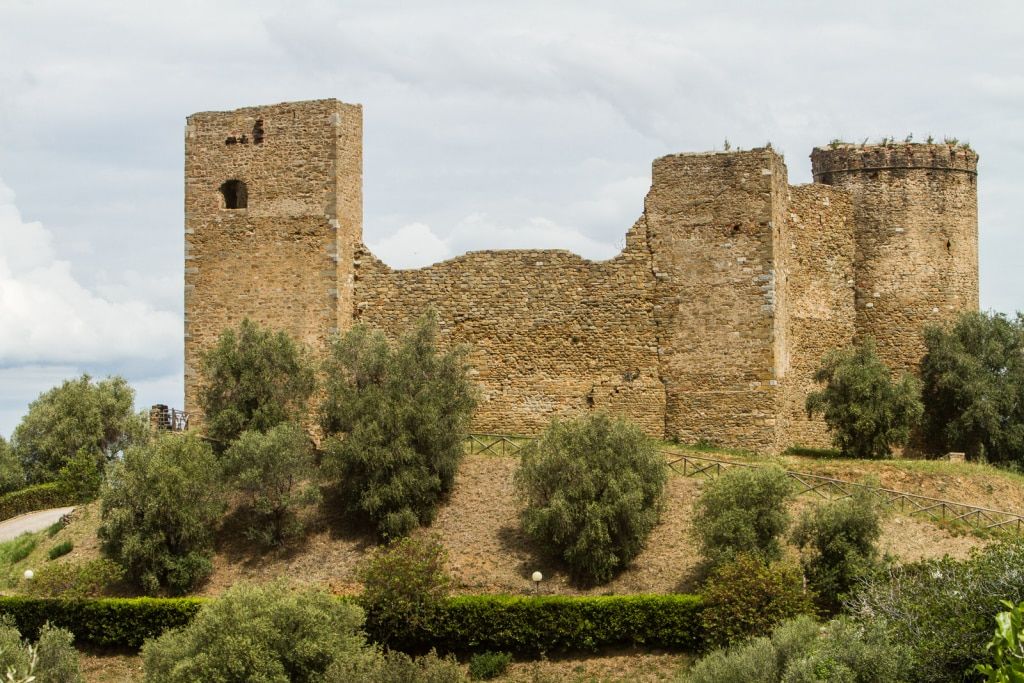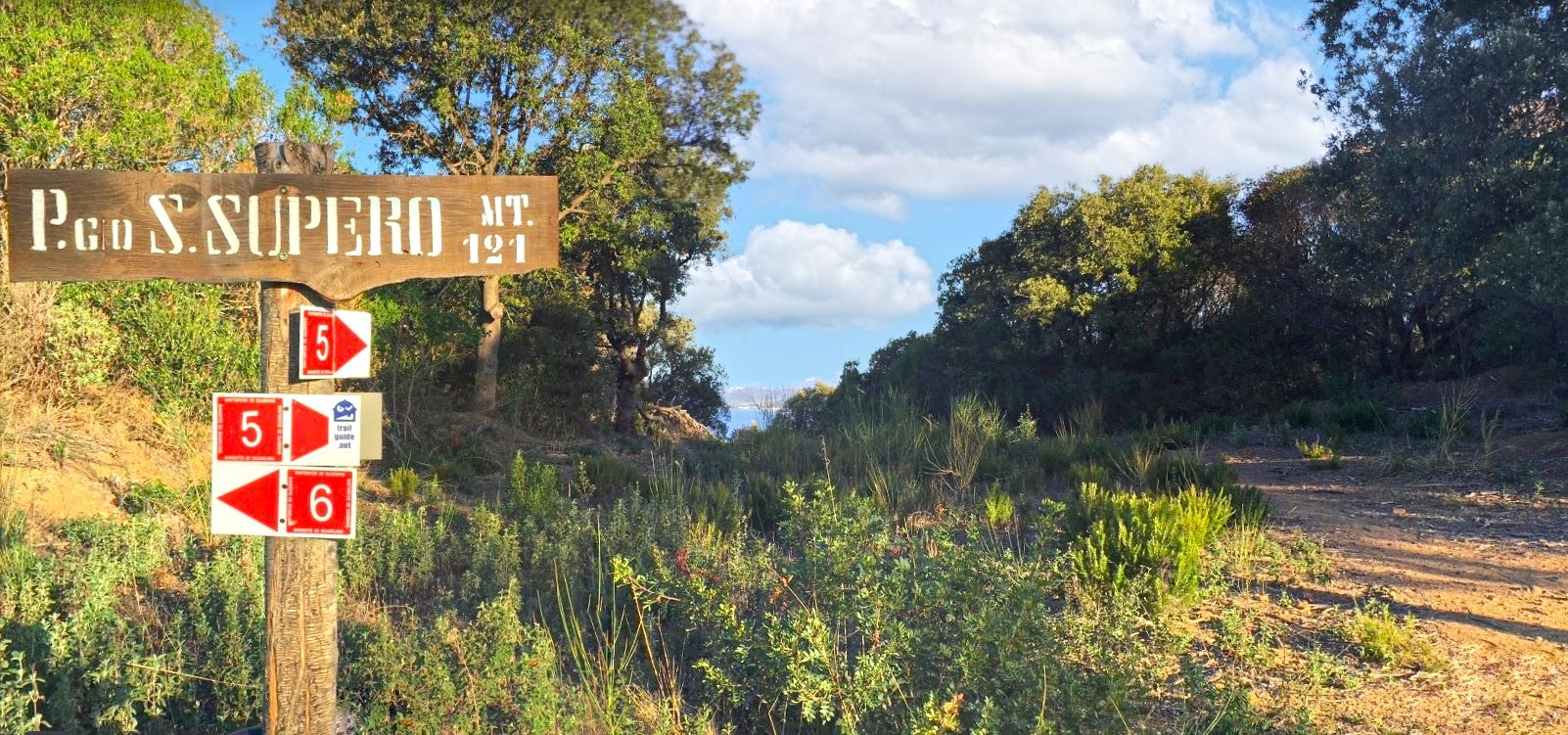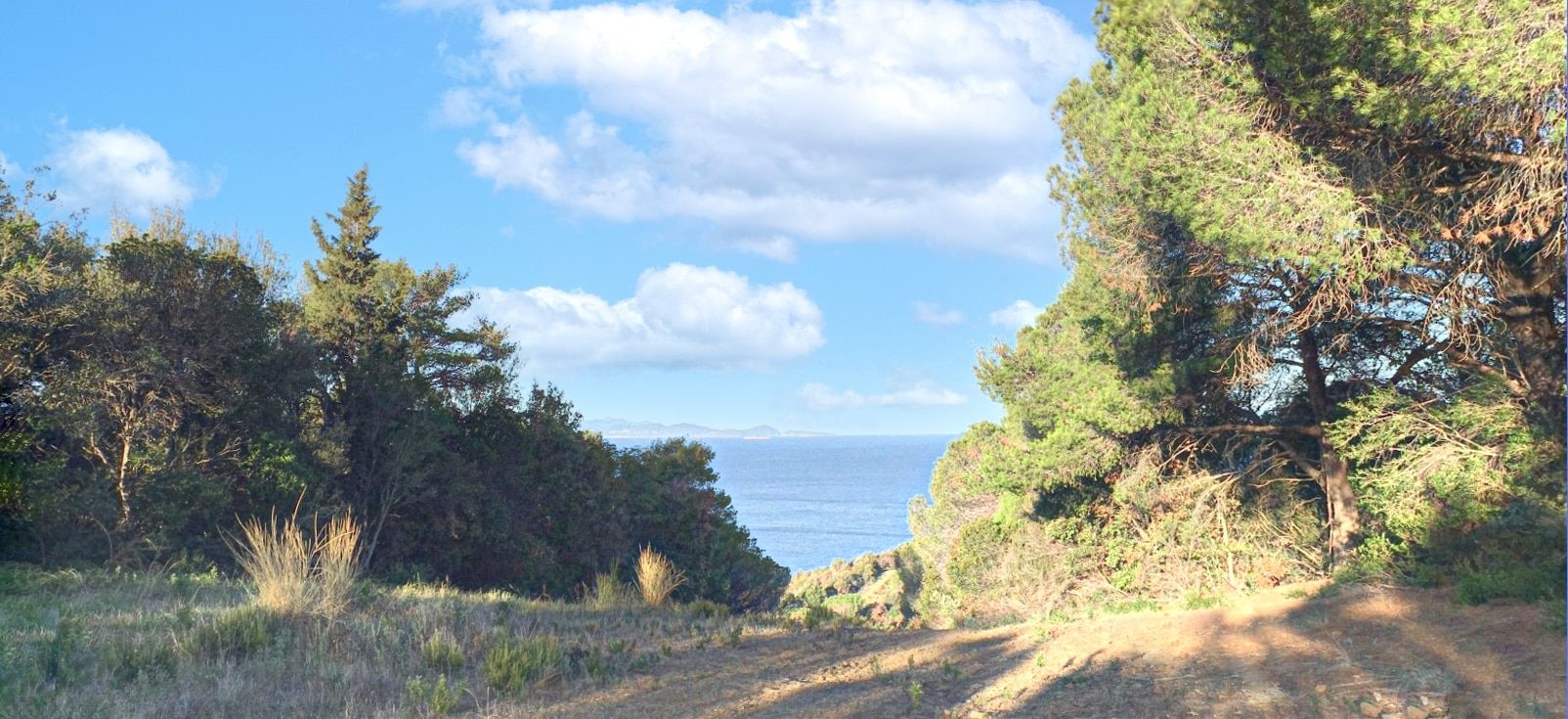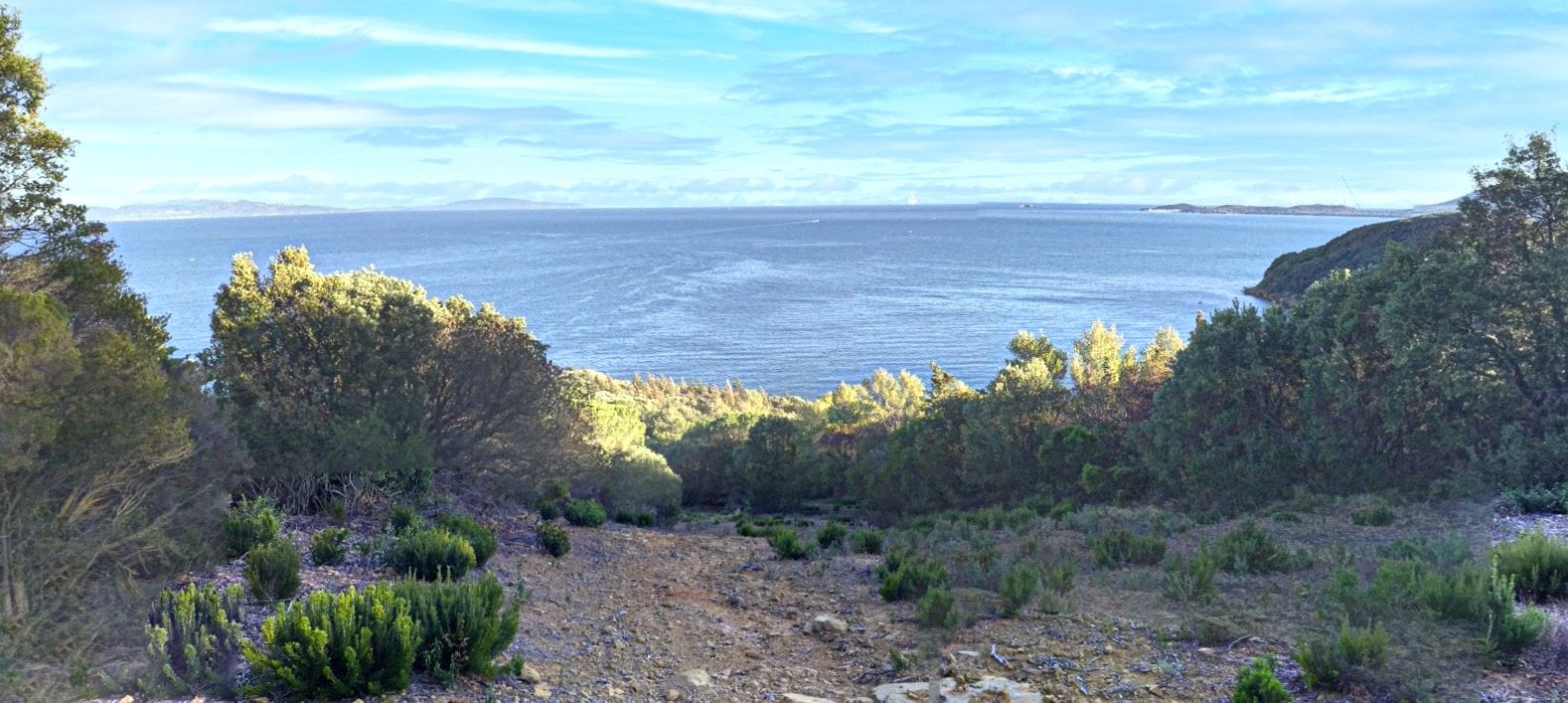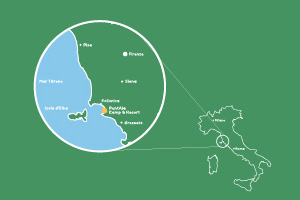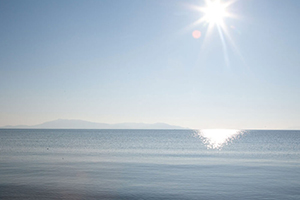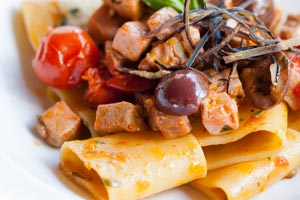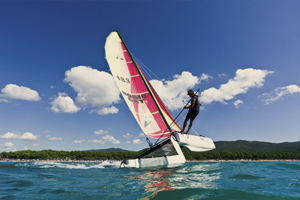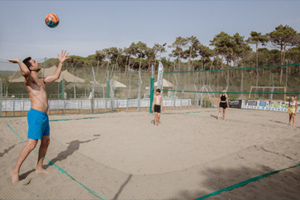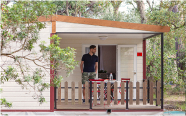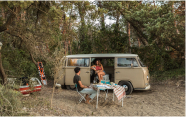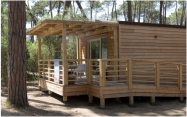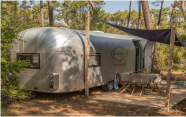Scarlino
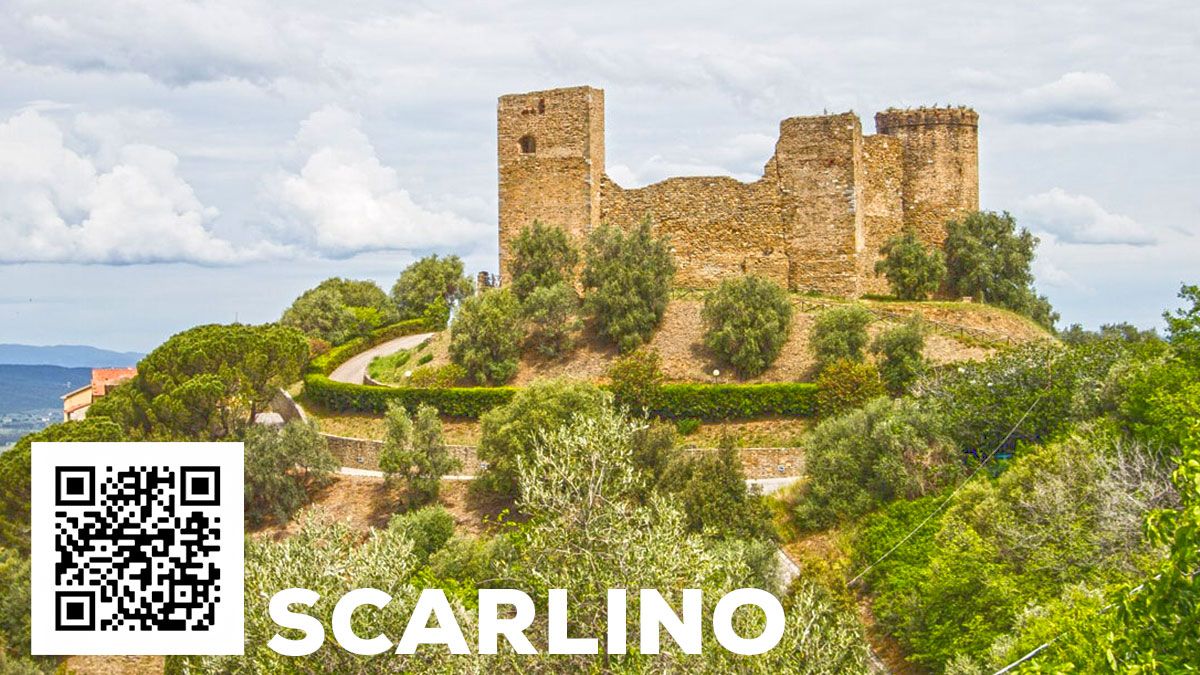
Scarlino, a Tuscan municipality steeped in history, offers a variety of fascinating attractions. One could start with the castle and the adjacent archaeological park, which houses artefacts from the Hellenistic period and the 13th century Pisan fortress, as well as a treasure trove of gold florins and Spanish ceramics. On a guided tour, you can admire Sienese frescoes, the Church of San Martino and the Palazzo Comunale. In Piazza Garibaldi, there is a historical monument and three different paths leading to the Porta Senese, the Madonna degli Angeli and the Fonte del Canalino. Near the Piazza, there is the Church of San Donato, a mixture of Gothic and Romanesque styles. In Scarlino, you can also explore an Augustinian convent and discover the remains of a Roman villa and an Etruscan settlement nearby. Finally, the convent of Monte di Muro, once the home of Blessed Tomma, is another historical point of interest. Scarlino, rich in charm and history, offers accommodation for all tastes and can be easily reached by car, train or plane.
What to see in Scarlino
The starting point for discovering Scarlino, of the several possible, is in the square in front of the castle. From there, our walk will have an interesting and easy route, both in terms of time and effort.
The visit begins with an exploration of the fortress and the adjacent archaeological park. Here, one can observe the foundations from the Hellenistic period (4th-2nd century), as well as the 13th century Pisan fortress. In the park, there are dwellings coeval with the fortress, as well as what remains of two apses dating back to the 10th and 12th centuries. A treasure of 100 gold florins was discovered during the last excavation campaign in 1983, and is now on display at the Territorial Documentation Centre together with 13th century Spanish ceramics.
After leaving the archaeological park, one comes upon a square with a breathtaking panoramic view. From here, you can visit Casa Novelli, a private residence with 15th-century Sienese frescoes, or the Centro di Documentazione del Territorio, which can be reached via a special winding staircase. Nearby are the Church of San Martino dating back to 1340 and the 13th-century Palazzo Comunale. Continuing on, you arrive at Piazza Garibaldi, where there is a monument inaugurated on 2 September 1900.
From the square, you can choose between three routes: one leads to the 1255 Porta Senese, another to the Madonna degli Angeli and a third to the Fonte del Canalino. The latter, built in the second half of the 16th century, functioned as a public wash-house until the 1960s. Returning to Piazza Garibaldi, you can visit the 12th-century Church of San Donato, a unique example of Gothic and Romanesque styles.
Next to the church is the old Augustinian Convent, a medieval building whose origin remains shrouded in mystery. It is known that in the 11th century it was inhabited by the Hermits of St. Augustine. It was first restored between 1652 and 1672 and a further renovation project is currently being studied.
Surroundings of Scarlino
The surroundings of Scarlino offer a wide range of historical and cultural attractions to discover. On the Puntone side, at the foot of the town, one can admire the remains of the Canonica dedicated to San Michele. This building, an example of Pisan-Romanesque style, dates back to the 13th century. In the same area, known as Puntone Vecchio, are the remains of a Roman villa.
Among the most significant discoveries in the area, the Val Molina excavations represent a point of interest of great importance. These excavations have revealed the existence of a significant Etruscan settlement, confirming the ancient history of the region.
A further historical gem around Scarlino is the convent of Monte di Muro. Situated 344 metres above sea level, it can be reached via the provincial road connecting Puntone to Scarlino. The convent is famous for having been the home of the Blessed Tomma, also called Tommaso Bellacci, in the 15th century. Despite being sacked by the Turks in 1534 and 1539, the convent retains considerable historical importance. The Napoleonic laws of 1806 forced its closure, but its structure remains a tangible symbol of this fascinating region's past.
Scarlino Castle
The significance of Scarlino Castle lies in its historical roots and its name, which some believe derives from Porto Scabris, a Roman port once located on the nearby coast. However, the most plausible hypothesis links the name to the Longobard term Scherl, meaning lookout. Thanks to its privileged position, which allows it to dominate the plain below and much of the coast from Piombino to Punta Ala, the castle has throughout history played the role of an outpost for sighting and communicating the arrival of enemies to inland towns. This inaccessible position, on top of a hill rather than on the plain near the sea, was chosen for the construction of the village and the fortification following the collapse of the Roman Empire and the subsequent invasions by Nordic peoples, when the currents of the sea and the debris from the Pecora river had turned the plain into a large unhealthy swamp.
The existence of a fortified settlement in Scarlino dates back to 973, but its original form remains a mystery. Ownership of the castle later passed to the Counts Alberti di Prato and Mangona, and in 1164 it was conquered by the Pisans, who were interested in controlling the area for commercial purposes. Around 1240, Scarlino was one of the first towns in the Maremma to organise itself as a free commune. In 1399, the town became part of the principality of Piombino, remaining there until 1814.
The current appearance of Scarlino Castle dates back to the 12th century, when the Aldobrandeschi family of Sovana acquired the castle following the marriage of their son Ildebrandino Aldobrandeschi to one of Count Alberti's daughters. Later, the Pisans promoted the renovation of the castle to assert their political-military dominance in the coastal area, so that today it is known as the Rocca Pisana. The castle has an irregular five-sided plan and is connected to the city walls, which still join the north-west corner of the outer enclosure. The castle architecture includes external defences installed only on the north and north-east sides, those most easily accessible from the city, equipped with battlements and protected by a moat dug into the rock. The other three sides of the castle, facing the sea, have higher curtain walls and are defended in each corner by a tower. The South-East square tower, the tallest and used as a watchtower, and the South-West tower, arranged in a spur to maximise the effectiveness of the firing flanked by loopholes, are noteworthy. The North-West tower, built later than the rest of the castle, is round and preserves the remains of the corbels on which the defensive apparatus for the plumb line of fire rested. Inside the castle, the only remaining structure is a cistern for collecting rainwater, located in the north-eastern area.
In past years, the area inside the perimeter was used as a cemetery. Recently, however, the castle has been restored and now hosts shows and events.
Map of Scarlino
Where to stay in Scarlino
There are many options for accommodation in Scarlino, ranging from luxury hotels to rented holiday homes, cosy B&Bs and 5-star campsites surrounded by nature.
How to get to Scarlino
You can reach Scarlino by car, train or plane. The town is served by Follonica railway station and the nearest airport is Pisa Airport.
Where is Scarlino
Scarlino is an Italian municipality located in the region of Tuscany, in the province of Grosseto. It is located in the southern part of the region, overlooking the Tyrrhenian Sea.
The Bandite di Scarlino
The Bandite di Scarlino is a protected natural area that crosses several municipalities but occupies mainly the territory of Scarlino. It’s a Nature Reserve that can be explored by crossing its many paths immersed in the Mediterranean scrub.
The paths are wide and well maintained, they are ideal for walking, and fun to cross on MTB. Several farms in the area organize excursions to cross this area on horseback.
